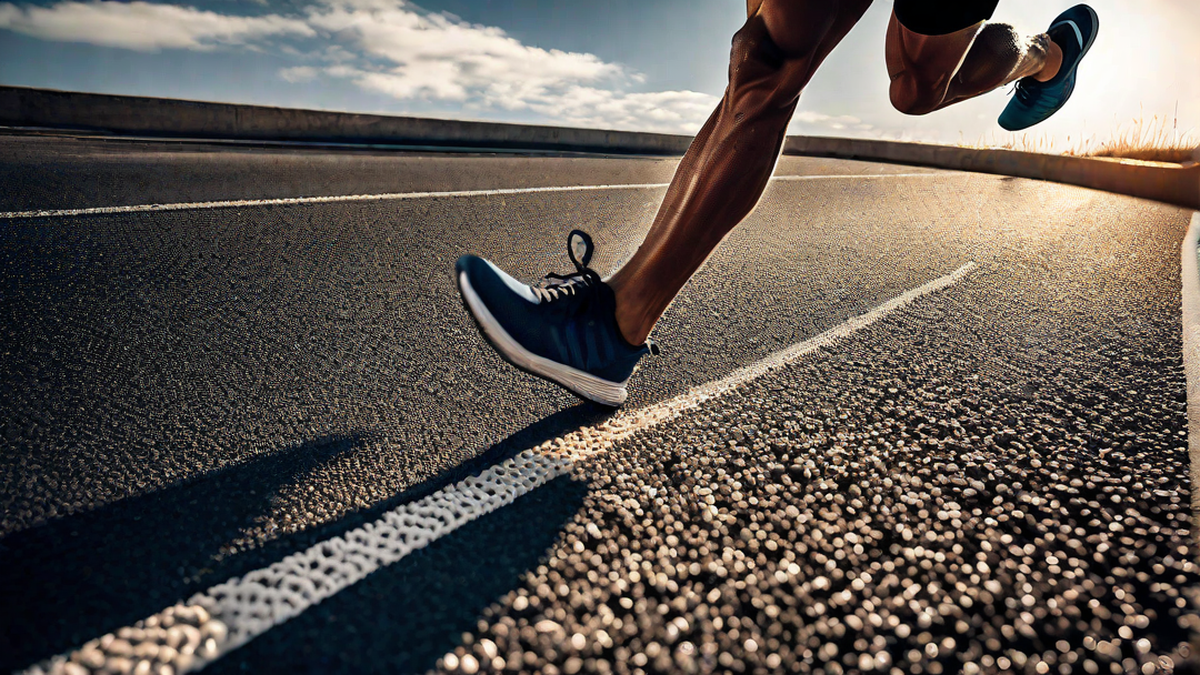As an avid runner and someone who has struggled with varicose veins, I have often wondered if running can actually help improve this condition. Varicose veins are enlarged and twisted veins that usually appear on the legs. They can be unsightly and sometimes painful. So, can running, a high-impact activity, really have any positive effect on varicose veins? Let’s dive deep into this topic and explore the relationship between running and varicose veins.
Understanding Varicose Veins
Before we delve into whether running can help varicose veins, let’s understand what causes them in the first place. Varicose veins occur when the valves in the veins become weak or damaged, leading to blood pooling and the veins becoming swollen and twisted. While there can be various factors contributing to the development of varicose veins, including genetics, age, and hormonal changes, one common risk factor is a sedentary lifestyle.
The Benefits of Running
Running is a fantastic cardiovascular exercise that can bring about numerous health benefits. It strengthens the heart, improves blood circulation, and helps maintain a healthy weight. Running also promotes overall leg muscle strength, which can be beneficial for people with varicose veins.
One of the main reasons running can potentially help with varicose veins is that it increases blood flow and circulation in the legs. When we engage in physical activities like running, our calf muscles contract and act as a secondary pump, propelling blood back up towards the heart against gravity. This continuous pumping action can help prevent blood from pooling in the veins and alleviate some of the pressure on the weakened valves.
Additionally, running can help improve overall muscle tone and strength in the legs, which can assist in supporting the veins and reducing the appearance of varicose veins. Strong leg muscles can also help improve the efficiency of blood flow, reducing the risk of blood pooling and vein swelling.
Considerations for Runners with Varicose Veins
While running can be beneficial for managing varicose veins, it’s essential to approach it with caution and take certain precautions:
- Listen to your body: Pay attention to any discomfort or pain while running. If you experience worsening symptoms or pain in your varicose veins, it’s best to consult a healthcare professional.
- Choose the right running shoes: Opt for shoes that provide adequate support and cushioning to minimize impact on the legs and feet.
- Wear compression socks: Compression socks or stockings can help improve blood flow and reduce swelling in the legs. Consider wearing them during your runs.
- Warm-up and cool down: Before and after your run, incorporate proper warm-up and cool-down exercises to prepare your muscles and minimize the risk of injury.
- Alternate with low-impact exercises: If running becomes too strenuous or uncomfortable, consider incorporating low-impact exercises like swimming or cycling into your routine.
Conclusion
While running may not be a magical cure for varicose veins, it can certainly play a role in managing the condition and reducing symptoms. The increased blood flow, improved circulation, and strengthened leg muscles that result from running can potentially alleviate some of the discomfort and swelling associated with varicose veins.
However, it’s crucial to remember that every individual is different, and what works for one person may not work for another. It’s always best to consult with a healthcare professional to discuss your specific situation and determine the most suitable exercise regimen for you.
As someone who personally enjoys the physical and mental benefits of running, I have found that it has had a positive impact on my varicose veins. But remember, everyone’s experience may vary, and it’s essential to listen to your body and take the necessary precautions. So lace up your running shoes, hit the road, and see how running can enhance your overall well-being!

